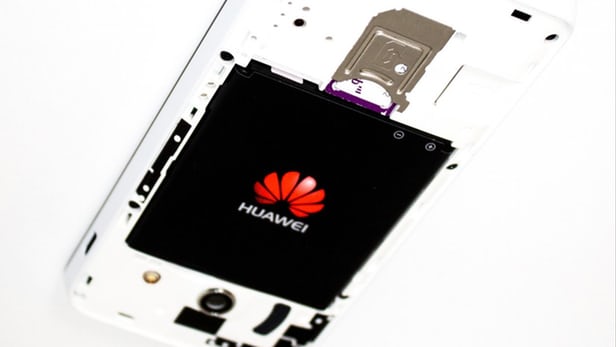
Breaking News
 Inside CES 2026: The Coolest Power Stations I Found
Inside CES 2026: The Coolest Power Stations I Found
 The Year Ahead in Sino-American Relations
The Year Ahead in Sino-American Relations
 Damning declassified documents and emails released by the CIA reveal...
Damning declassified documents and emails released by the CIA reveal...
 There are "Ghost Daycares" all throughout California. BILLIONS more stolen
There are "Ghost Daycares" all throughout California. BILLIONS more stolen
Top Tech News
 World's most powerful hypergravity machine is 1,900X stronger than Earth
World's most powerful hypergravity machine is 1,900X stronger than Earth
 New battery idea gets lots of power out of unusual sulfur chemistry
New battery idea gets lots of power out of unusual sulfur chemistry
 Anti-Aging Drug Regrows Knee Cartilage in Major Breakthrough That Could End Knee Replacements
Anti-Aging Drug Regrows Knee Cartilage in Major Breakthrough That Could End Knee Replacements
 Scientists say recent advances in Quantum Entanglement...
Scientists say recent advances in Quantum Entanglement...
 Solid-State Batteries Are In 'Trailblazer' Mode. What's Holding Them Up?
Solid-State Batteries Are In 'Trailblazer' Mode. What's Holding Them Up?
 US Farmers Began Using Chemical Fertilizer After WW2. Comfrey Is a Natural Super Fertilizer
US Farmers Began Using Chemical Fertilizer After WW2. Comfrey Is a Natural Super Fertilizer
 Kawasaki's four-legged robot-horse vehicle is going into production
Kawasaki's four-legged robot-horse vehicle is going into production
 The First Production All-Solid-State Battery Is Here, And It Promises 5-Minute Charging
The First Production All-Solid-State Battery Is Here, And It Promises 5-Minute Charging
 See inside the tech-topia cities billionaires are betting big on developing...
See inside the tech-topia cities billionaires are betting big on developing...
New battery tech gives 10 hours of talk time after only 5 minutes on charge

At the 56th Battery Symposium in Japan last week, Huawei, which provides batteries for many devices from other manufacturers as well as their own, showed two videos depicting fast charging with the new batteries. In one, a small 600 mAh capacity battery charged to 68 percent capacity in two minutes. In another, a much larger 3,000 mAh battery charged to 48 percent capacity in five minutes. The latter battery has an energy density of 620 Wh/L and is reported capable of powering a Huawei mobile phone for 10 hours of continuous talk time with that 48 percent charge.
Engineers in the Watt Lab of the Central Research Institute at Huawei bonded heteroatoms to the graphite molecules in the anode of the battery. Introducing defects and heteroatom and/or functional groups into carbonaceous anode material is already known to improve and modulate anode material. LLNL has already done research utilizing hydrogen for that purpose. In essence, Huawei is doing the same thing, but utilizing slightly different methods.

 Storage doesn't get much cheaper than this
Storage doesn't get much cheaper than this

